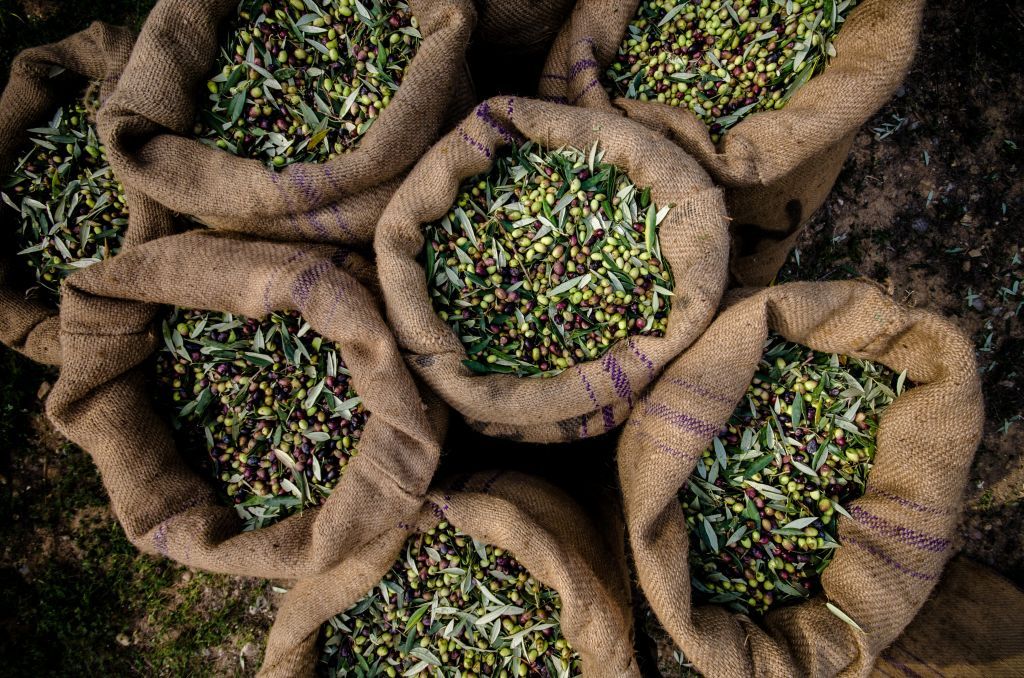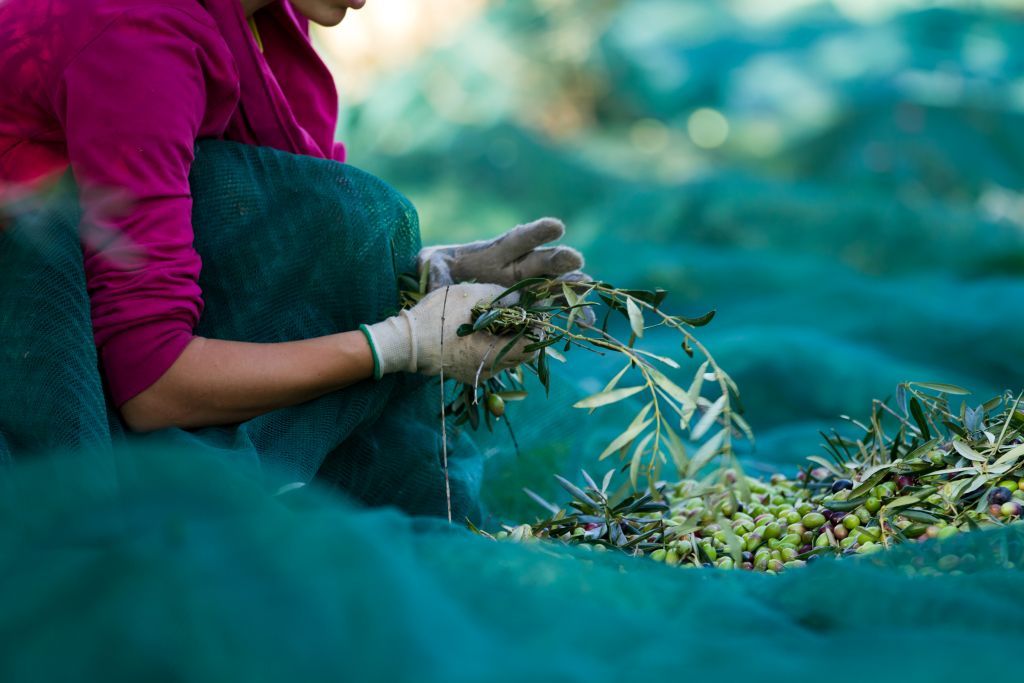
Key tips to help you select the finest EVOO!
Production and Grading of Olive Oil
Olive oil, often likened to a "fruit juice" extracted from olives, emphasizes freshness as a paramount factor, akin to other fruit juices. The primary objective in olive oil production is to yield oil with minimal free fatty acids (indicating damage) and devoid of undesirable aromas and flavors. Achieving this necessitates completing all production stages within a few hours, under meticulous sanitary conditions and with utmost care. These stages include harvesting, defoliation, washing, crushing, malaxation (agitation and kneading of olive paste), centrifugation, filtering, and racking (transferring oil into clean tanks). Any negligence during these stages can result in damaged oil with faulty aromas and flavors.
Within the olive oil realm, the term "Virgin" denotes oil purity, though it doesn't signify the highest quality; that distinction belongs to "Extra Virgin." The term "Extra Virgin" in terms of olive oil means the following: oil produced by using only olives, extracted without excess heat or solvents, and not refined or treated to neutralize defects. After production, the olive oil is not mixed with any other type of oil. When chemically analyzed, it has a free fatty acid content of no more than 0.8 grams per 100 grams of oil.
You can also find Virgin Olive Oils on the market, including in our selection. While Virgin Olive Oils may have slight organoleptic defects, they also offer good flavor. We recommend using Virgin Olive Oil or Conventional Extra Virgin Olive Oil for cooking, as they are more affordable than Premium Extra Virgin Olive Oil. There are many other categories of olive oils, such as Olive Oil and Refined Olive Oils. These are often blended with other oils or refined virgin oil to remove any defective flavors.
To ensure you are buying quality Extra Virgin Olive Oil or Virgin Olive Oil, it is best to taste the oil and look for undesirable aromas and flavors. Common defects to watch for include stale, moldy, or fusty smells and a sour, metallic taste.

Classifying Olive Oil According to Intensity
When selecting from our range of Extra Virgin Olive Oils (EVOO), you'll discover a delightful spectrum of flavor intensities: mild, medium, and robust.
Mild: offers a subtle and gentle taste, ideal for delicately complementing other flavors.
Medium: exhibits a pronounced fruitiness with a hint of peppery zest, making it adaptable for a multitude of dishes.
Robust: delivers a bold and intense flavor profile, infusing your recipes with a distinctive taste.
Discover your favorite by sampling our different EVOOs, and consider the overall flavor when adding them to your recipes. Enjoy exploring the delicious world of EVOO!
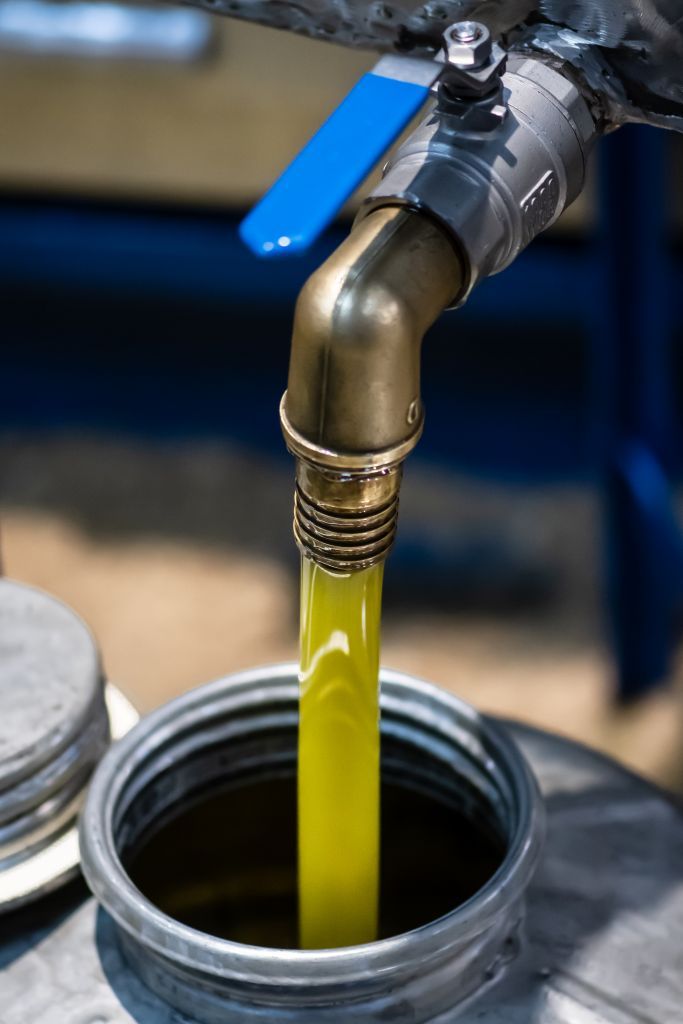
Premium vs. Conventional EVOO
When it comes to olive oil, premium/early harvest EVOO is the cream of the crop. It's made from carefully selected olives, usually from the first harvest of the season, which are rich in antioxidants and polyphenols, making the oil of higher quality. These olives are processed quickly after harvesting to preserve their freshness and goodness. If you want the best in terms of taste and health benefits, go for premium/early harvest EVOO. It's the result of careful selection, prompt processing, and an extra focus on maintaining the oil's purity and natural goodness.
On the other hand, conventional EVOO is still a good choice, especially for everyday cooking, as its lower price still offers good quality, making it a practical option for your daily culinary needs. Although it may not meet the same stringent criteria as premium/early harvest EVOO, it's suitable for various cooking purposes and provides a mild flavor profile that works well in a wide range of dishes.
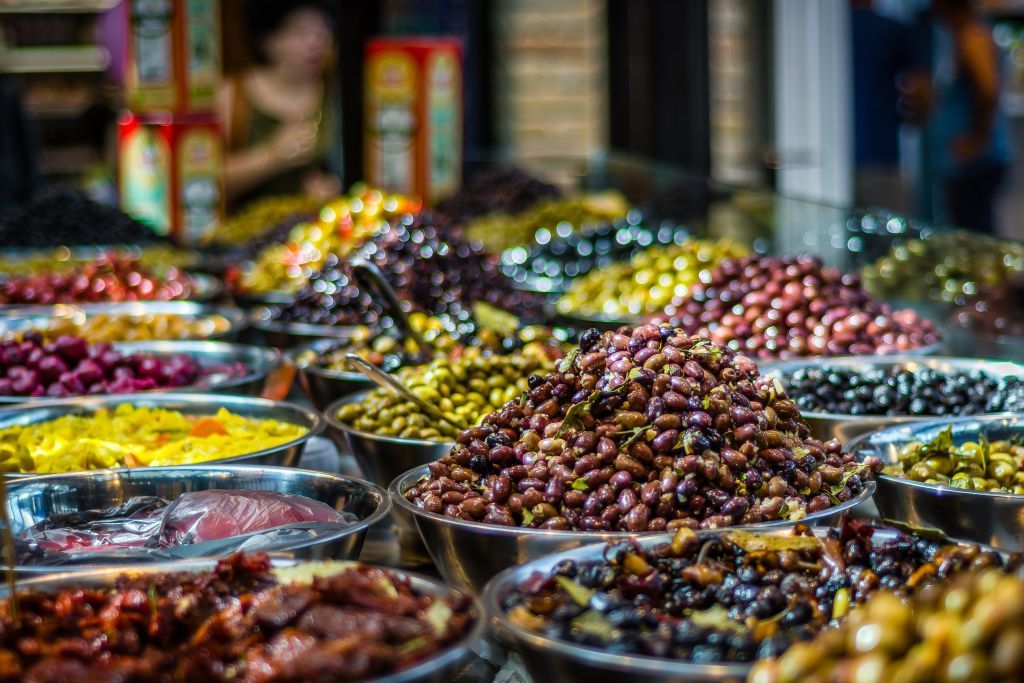
Tips for Shopping
When we're browsing at the shop, it's a bit challenging to select the perfect olive oil since we can't taste it beforehand. However, there are helpful indicators like labeling, certifications, and pricing to guide us.
Take a moment to inspect the bottle. Dark glass is often used to preserve the oil's quality.
Consider certifications and seals of approval. Many organizations offer official certifications for olive oils, which can serve as a reliable sign of quality.
While quality olive oil generally comes with a higher price tag, it's worth the investment.
Check for the harvesting date on the label. This information, when provided by manufacturers, can give us insight into the freshness of the oil.
Another positive sign of carefully produced olive oil is the cultivar and designation. If the label includes geographical designation and cultivar details, it helps us understand the oil's main characteristics.
Remember, the color of the olive oil doesn't indicate its quality; it can vary from yellow to dark green without affecting its taste or goodness.
Preserving the Goodness of Olive Oils
Ensuring the right storage conditions is crucial for maintaining the quality of olive oil. It's important to store olive oil properly to preserve its shelf life and flavor. Extra Virgin Olive Oil can typically be stored longer compared to other oils, thanks to its high phenol content, which helps prevent oxidation. During storage, it's essential to shield the oil from light, air, and heat. Direct exposure to these elements can lead to oxidation, causing the oil to become rancid and lose its fresh, vibrant taste.
Ensuring Your Oil is Stored Properly
Please remember to store the bottle in a dark spot away from light and ensure the cork or cap is tightly sealed. It's advisable to keep the bottle or can away from heat sources like the hob or oven. Maintaining a temperature between 15°C and 18°C will help preserve the quality of your olive oil. After opening the bottle, aim to use it within 8 to 12 weeks to savor its full flavor, and handle it gently to prevent oxidation due to exposure to oxygen. This guidance applies equally to olive oils stored in cans.
Moreover, if you're transferring oil from a large can to a smaller pourer or dispenser, please take care to wash and sterilize the pourer or dispenser thoroughly to prevent any contamination. Sterilization methods include placing the bottle in the oven for 10 minutes at 180°C or using boiling water. The oven method is preferred as it allows for more thorough drying. It's essential to remember that even the highest quality olive oil can spoil if not stored correctly. Your attention to these details ensures the longevity and quality of your olive oil.
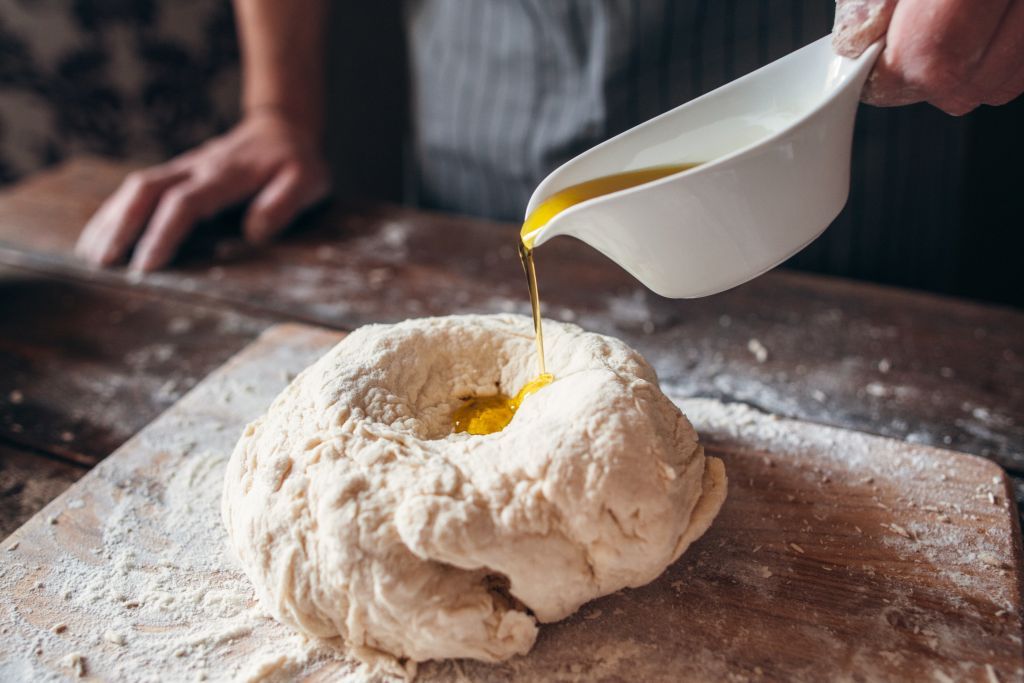
Exploring the Wonders of Olive Oil in the Kitchen!
There's a common misconception that olive oil should only be used raw for dressing salads or finishing cooked dishes. However, based on our experience, olive oil is actually perfect for cooking. Some may argue it's too expensive or has a low smoke point, but we beg to differ. We believe that cooking in quality extra virgin olive oil is the best thing you can do for your food. Its high smoke point (180°C) makes it suitable even for deep frying. You can also use it for sautéing, stewing, roasting, and yes, even baking. We encourage you to give it a try, and you'll discover a whole new dimension of cooking. Each dish and each oil has its own unique personality. By choosing the right oil for your recipe, you'll unlock a world of flavors. It may take some time to find your favorite oil, but the journey is well worth it. Olive oil adds delicious flavor to any dish it touches. Does your usual frying and cooking oil do the same? You'll find usage recommendations alongside every product in our shop.orks well in a wide range of dishes.uly savor the culinary experience. Enjoy discovering the delicious nuances of EVOO!
A Guide to Tasting Olive Oil
Firstly, it's important to note that the appearance of olive oil won't tell you much about its quality. Whether it's a sunny yellow or a vibrant green, what truly matters is the taste. Your bright yellow olive oil might be delicious, while the green one could be disappointing. The key is to sample as many varieties as possible to appreciate the nuances in flavor based on factors like cultivars, terroir, and harvest time.
Always remember to taste the oil on its own to fully appreciate its flavor profile; avoid pairing it with tomato or bread, as these can alter its true taste.
To begin the tasting process, start by smelling the oil, then proceed to taste it directly. As you swallow the oil, you'll experience its complexity unfolding on your palate. Below, you'll find a gentle step-by-step guide on how to savor olive oil.
-

Step 1
Carefully pour a thin layer of olive oil into a small glass. With one hand, gently cover the top of the glass, while using the other hand to warm it up by wrapping it. This helps to bring out the aroma, which is most pronounced at around 27 degrees Celsius. Rotate the glass for about 20 to 30 seconds to fully appreciate the oil's fragrance.
-
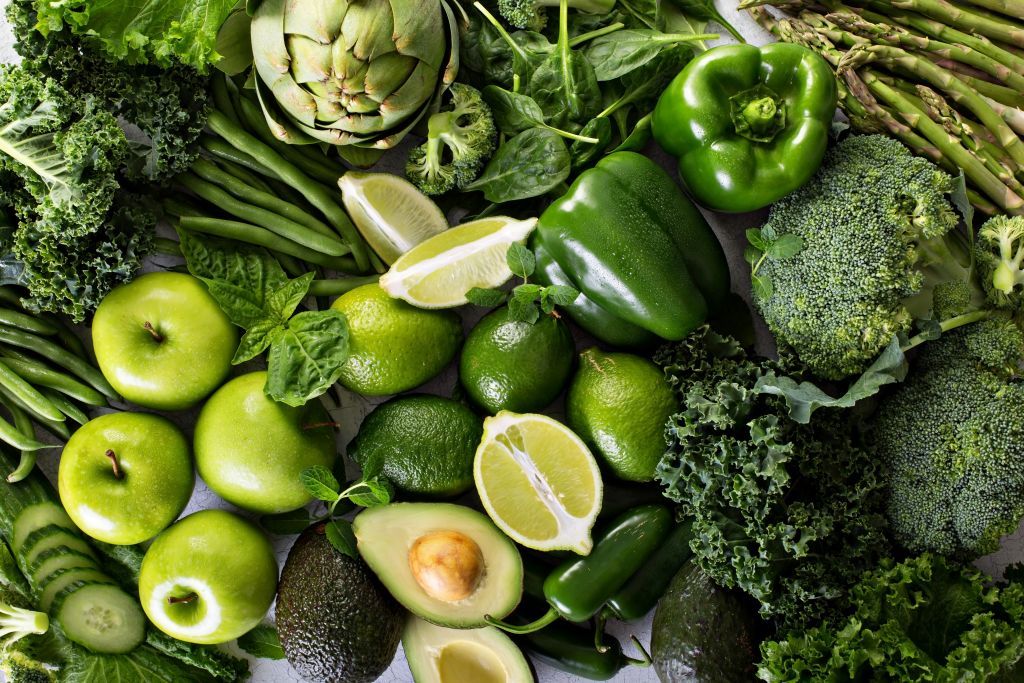
Step 2
Moving forward, take a moment to smell your oil. Each oil has its own unique characteristics; you might pick up hints of ripe banana, freshly cut grass, tomato, artichoke, fresh herbs, and so on.
-
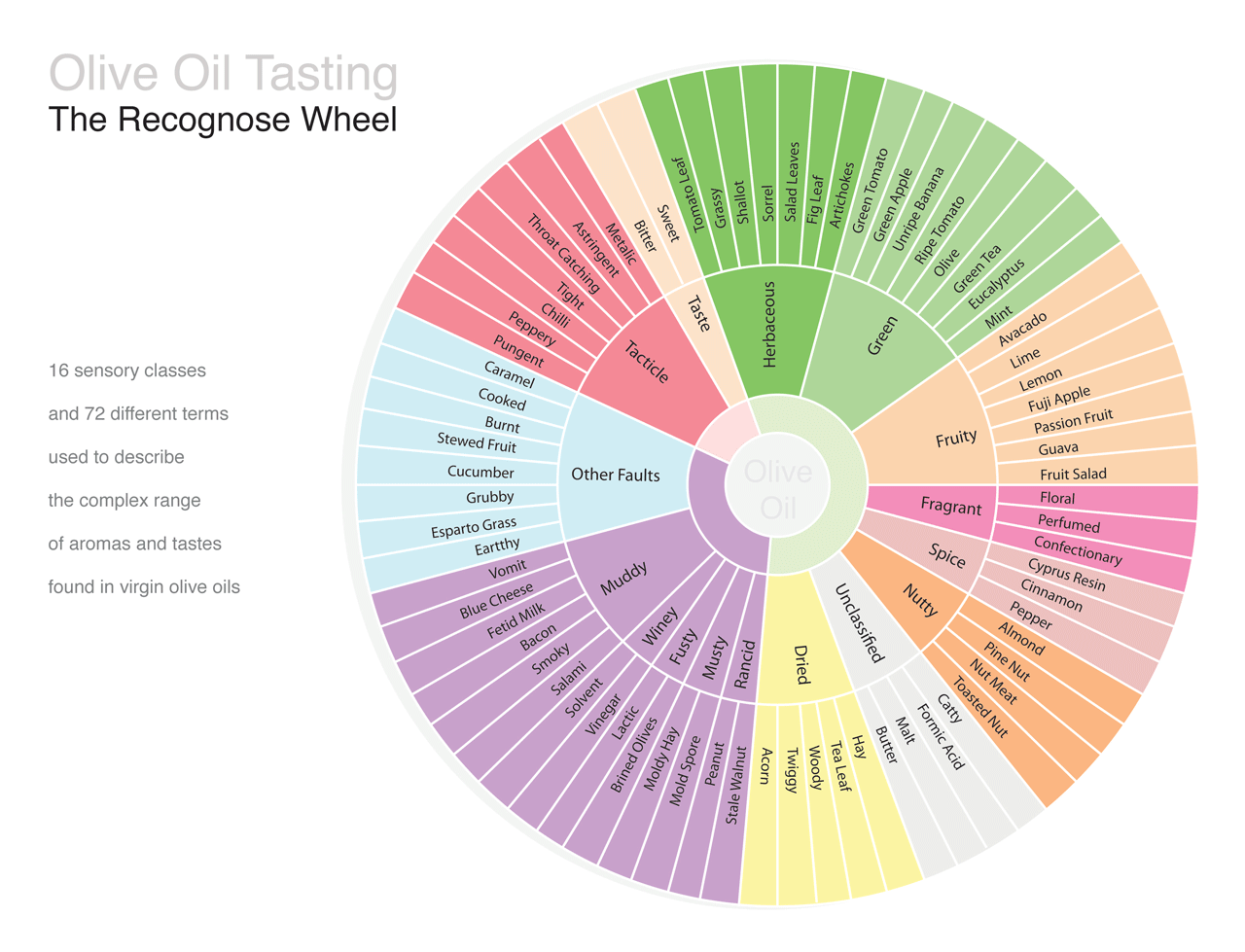
Step 3
Now, it's time to savor the oil itself. Take a small sip and let some air mingle with it in your mouth. This allows the flavors to fully develop and unfold.
-
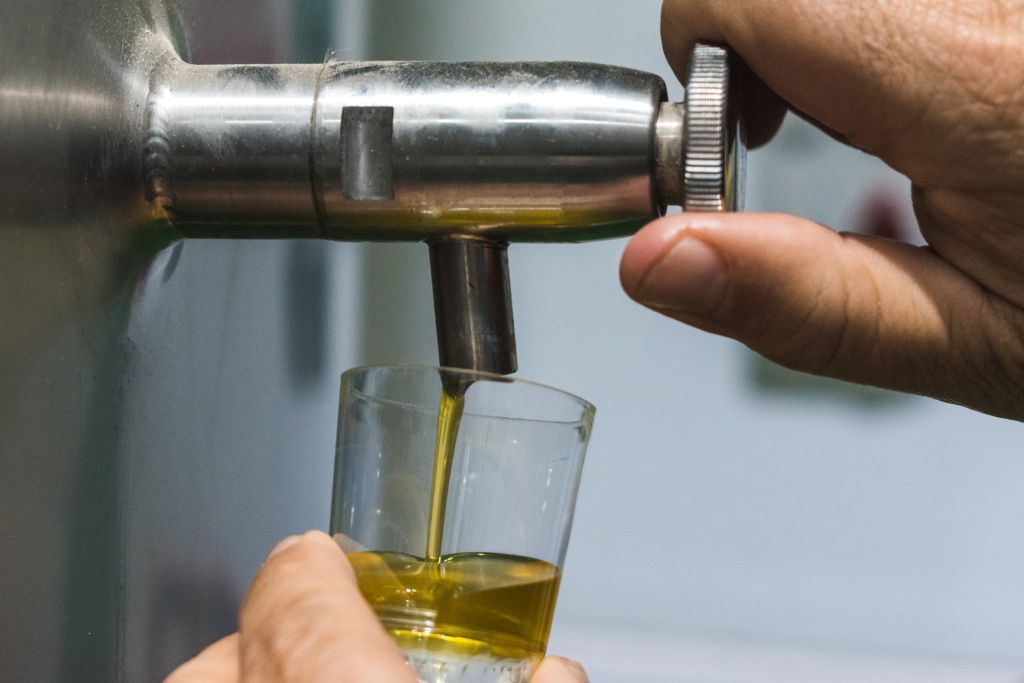
Step 4
After swallowing the oil, breathe out gently through your nose to appreciate its complexity. If you find a high-quality olive oil to be robust and peppery, that's perfectly normal. In fact, if it makes you cough a bit, it's a sign of its superior quality.
Let's explore a selection of beloved olive varieties that are widely cherished!
Much like grapes, olives offer a diverse array of varieties. Across the globe, there are hundreds of olive cultivars, each with its own story to tell. Some are prized for their suitability as table olives, while others shine in the realm of olive oil production. Then there are those versatile cultivars that excel at both. While the choice of olive cultivar can certainly impact the sensory profile of the oil, it's important to remember that assessing quality goes beyond this factor alone.
Every olive cultivar brings its own unique bouquet of aromas and flavors to the table, enriching the tasting experience with its distinct character. Exploring the world of olive varieties is like embarking on a flavorful journey, where each stop unveils a new facet of nature's bounty. As we savor the fruits of different cultivars, we not only indulge in their delightful tastes but also celebrate the rich tapestry of cultures and traditions woven into each olive tree's lineage. So let's raise our glasses (or should we say, drizzle our dishes?) to the splendid diversity of olive cultivars and the countless stories they hold.
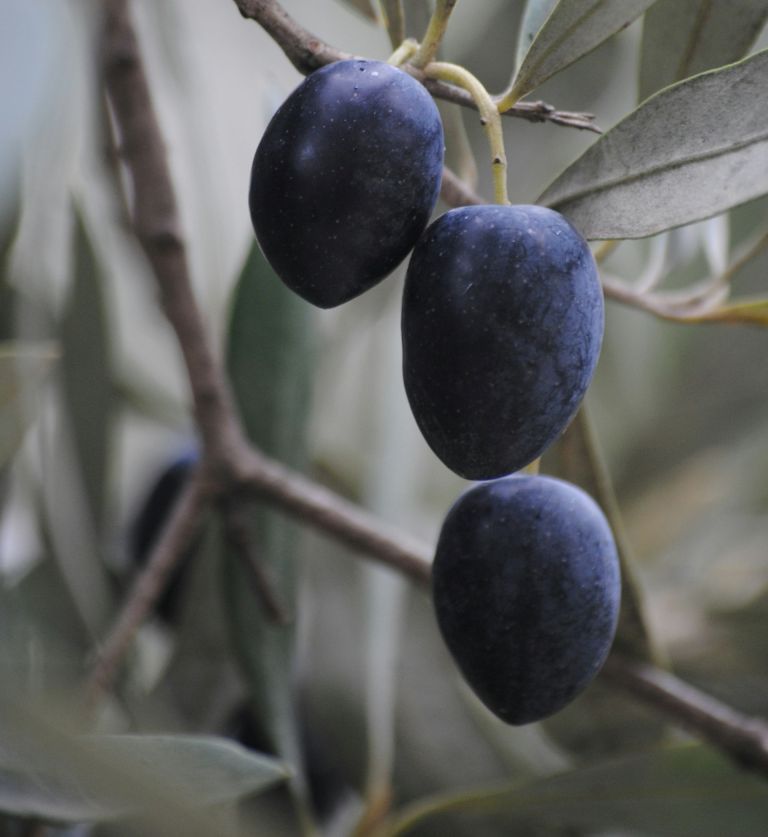
Arbequina
Arbequina, a beloved Spanish olive variety, ranks second in popularity for olive cultivation in Spain. Its olive oil features delightful sweet and fruity notes with a hint of bitterness. While Arbequina oils may have lower oxidation resistance, producers often blend them with other varieties for a balanced aroma, fuller body, and improved stability.
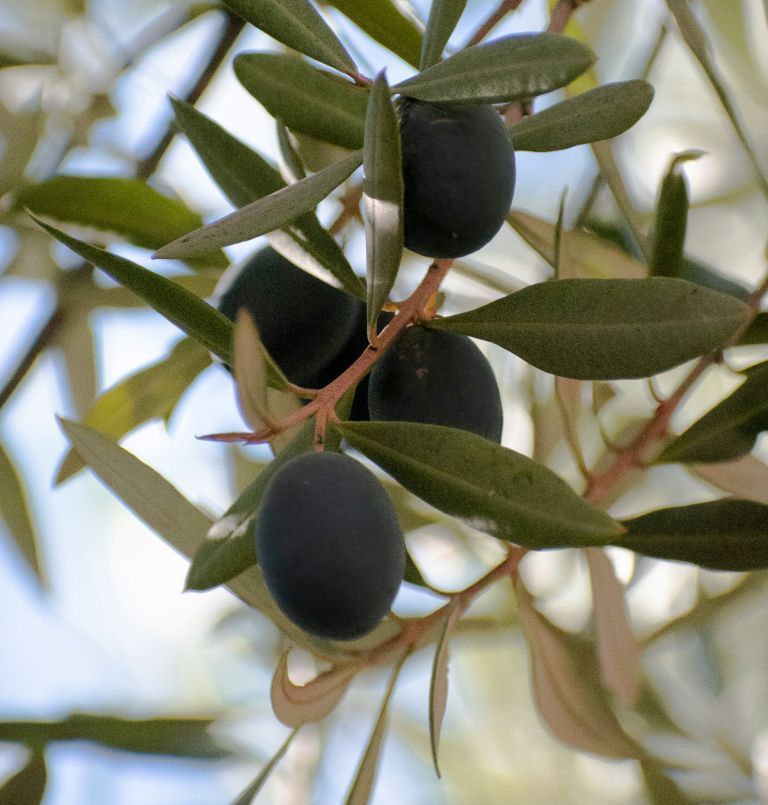
Picual
Picual olives are cherished among Spain's most cultivated varieties. Their olive oil features a medium aromatic profile with pleasant notes of tomato, fig tree, olive leaf, and grass. Recognized for its robust bitterness and spiciness, it's often blended with other oils to balance its flavor. With its stability, Picual olive oil enjoys a long shelf life, perfect for cooking and frying.
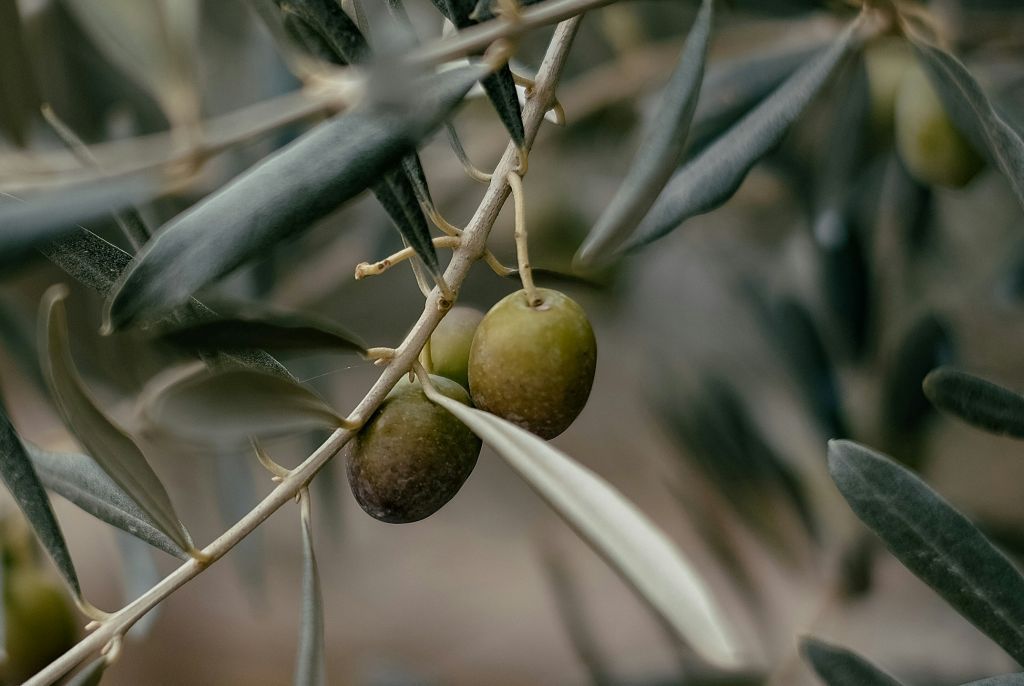
Hojiblanca
Hojiblanca, ranking third in popularity for olive cultivation in Spain, thrives primarily in the Andalusian provinces. These versatile olives are used for both table olives and olive oil production. Hojiblanca olive oil offers a delightful aroma of fresh grass and fruit, with hints of almond, tomato, and apple. It's prized for its intense fruitiness, accompanied by a balanced blend of slight bitterness, sweetness, and spiciness.
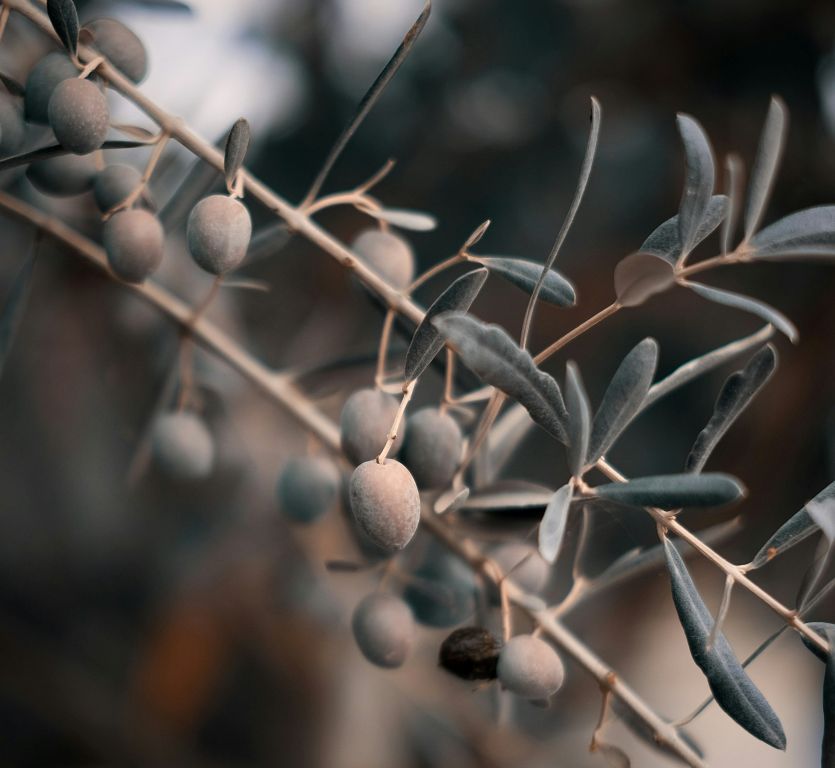
Arróniz
The Arróniz olive tree finds its home mainly in the provinces of Navarra and Álava, where it flourishes in the cold and dry climate of the region. The olive oil produced from Arróniz olives is characterized by delightful aromas reminiscent of tomato and ripe fruits, complemented by a gentle flavor profile with subtle hints of bitterness. When harvested early in the season, it tends to possess increased levels of bitterness and spiciness. Thanks to its stability, olive oil sourced from Arróniz olives is a reliable choice for frying purposes.
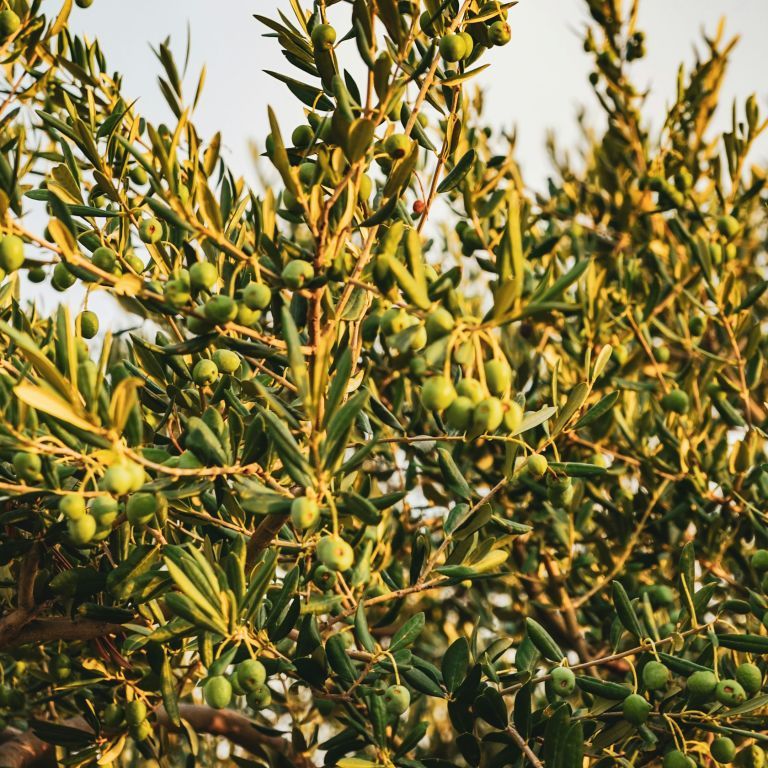
Cornicabra
The oil derived from Cornicabra olives is renowned for its richness in Oleocanthal. It presents delightful aromas reminiscent of green leaves, tomato, and almond. When harvested early, it offers a robust and slightly spicy flavor profile, with a pleasant bitterness. On the other hand, if harvested later in the season, the oil tends to be milder, displaying a sweeter taste with delicate notes of exotic fruits like avocado. Its stability makes it an excellent choice for various culinary uses, including cooking and frying.
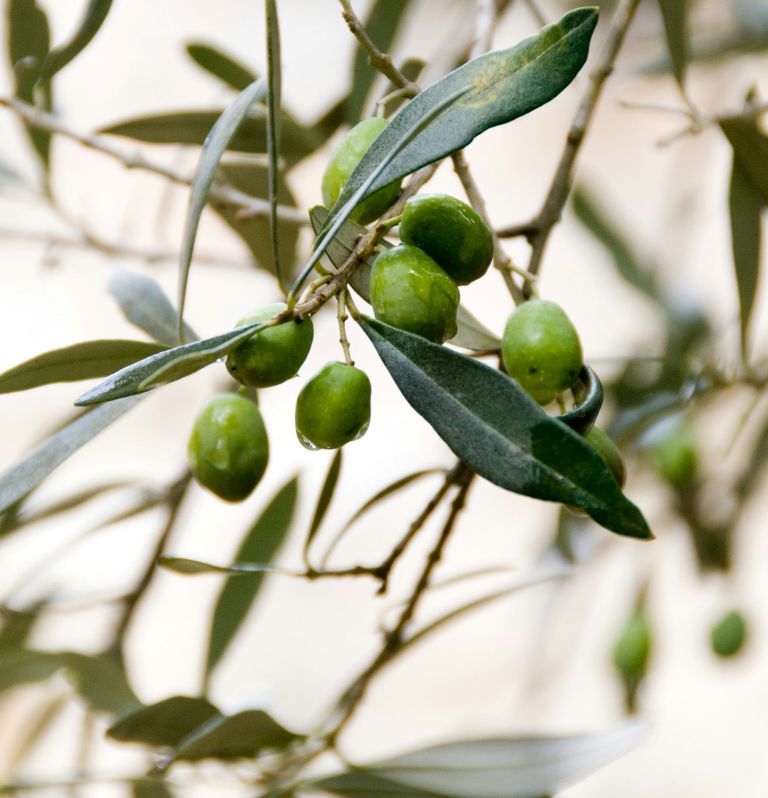
Moraiolo
Hailing from the picturesque Tuscany region in Italy, Moraiolo olives are esteemed for the superb quality of oil they yield. Moraiolo Extra Virgin Olive Oil is distinguished by its wonderfully fruity taste, coupled with a notable intensity of both bitterness and spiciness. This olive oil variety delights the senses with its pleasant aromas, evoking images of fresh grass, green almond, and artichoke.
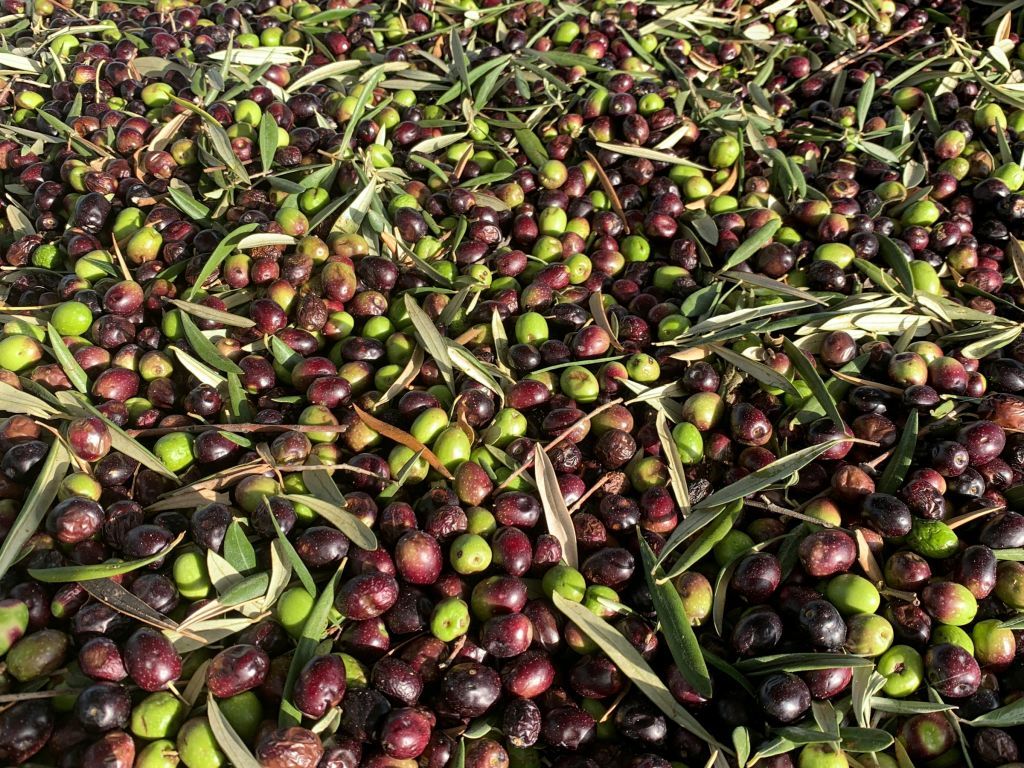
Itrana
Originating from the picturesque region of Lazio, Italy, the Itrana olive is cherished not only for its delectable flesh, perfect for table olives but also for the exquisite oil it yields. Itrana Extra Virgin Olive Oil captivates with its delightful fruity notes, balanced with a gentle hint of bitterness and spiciness. What truly sets it apart is its remarkable aroma, evoking memories of freshly cut grass, artichoke, ripe tomato, and green almond, adding a touch of Mediterranean charm to any dish.
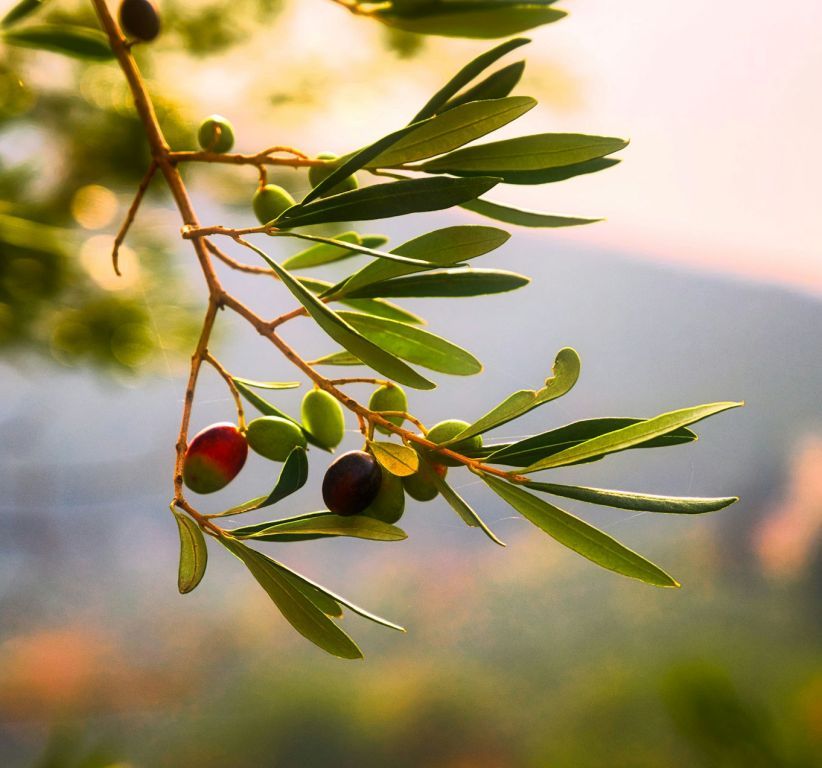
Leccino
Leccino, a beloved Italian olive variety, flourishes amidst the picturesque landscapes of Umbria and Tuscany. Its cultivation has gracefully spread to regions like Lazio, Puglia, Abruzzo, Campania, and Marche, showcasing its adaptability and bountiful yield. Esteemed for its gentle flavor, Leccino olive oil holds a special place in culinary traditions. Its nuanced taste boasts a delightful sweetness harmonized with balanced hints of spiciness and bitterness. A true sensory delight, this exquisite oil invites you to savor its characteristic aromas, evoking images of fresh escarole, artichoke, almond, and a whisper of black pepper.
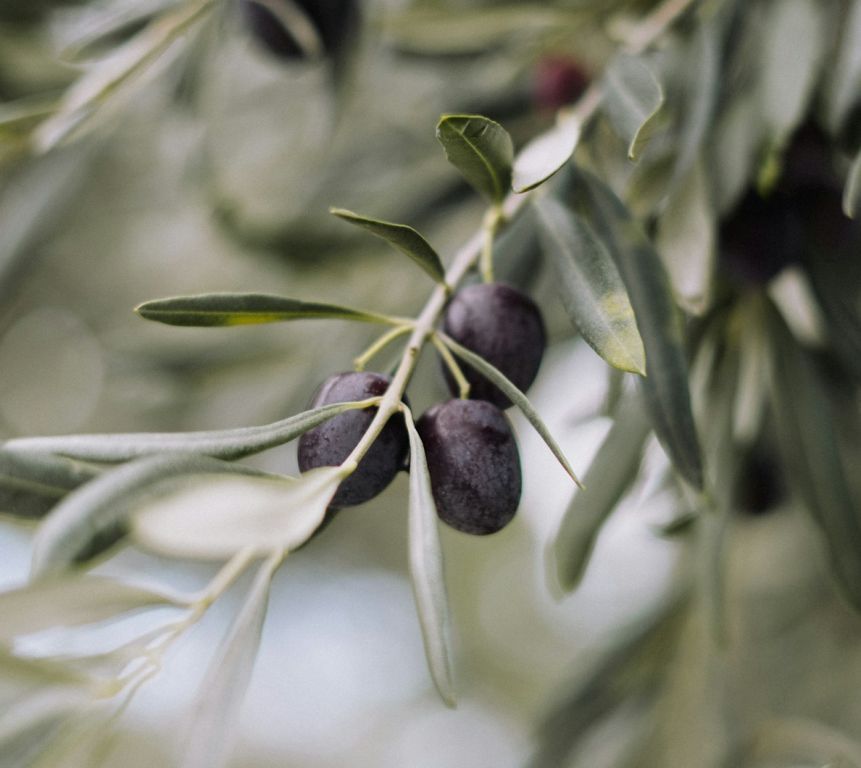
Frantoio
Hailing from the picturesque Tuscany region of Italy, the Frantoio olive variety is esteemed for its exceptional qualities. Its Extra Virgin Olive Oil is celebrated worldwide for its outstanding taste and aroma. Its flavor profile is characterized by a delightful fruitiness, accompanied by gentle hints of spiciness and bitterness. The aroma of Frantoio olive oil is a symphony of enticing scents, including fresh herbs, tomato, lettuce, artichoke, apple, grain, rosemary, celery, and almond, making it a true culinary treasure.
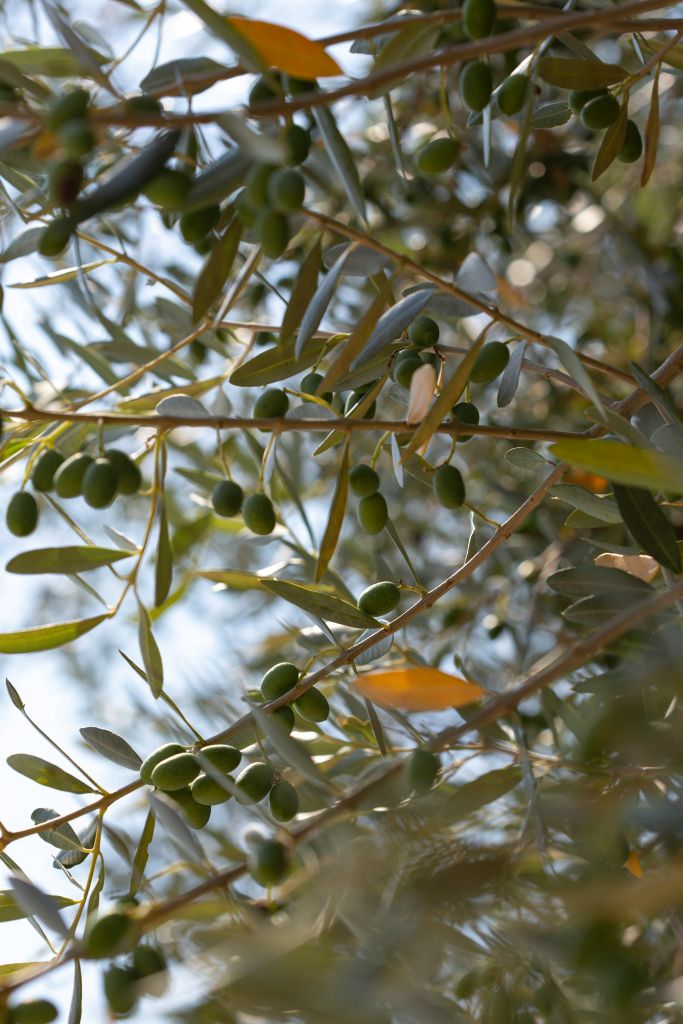
Koroneiki
The Koroneiki olive variety is highly favored in Greece, accounting for over 60% of the country's olive production. Its popularity stems from the robust trees' ability to yield high-quality oil. This variety has also gained traction internationally due to its adaptability to super high-density cultivation. Koroneiki olive oil is prized for its exceptional stability and favorable taste profile, featuring medium to high-intensity aromas of apple, almond, banana, and green grass. Additionally, it contains a significant oleic acid content, typically ranging between 76% and 80%.
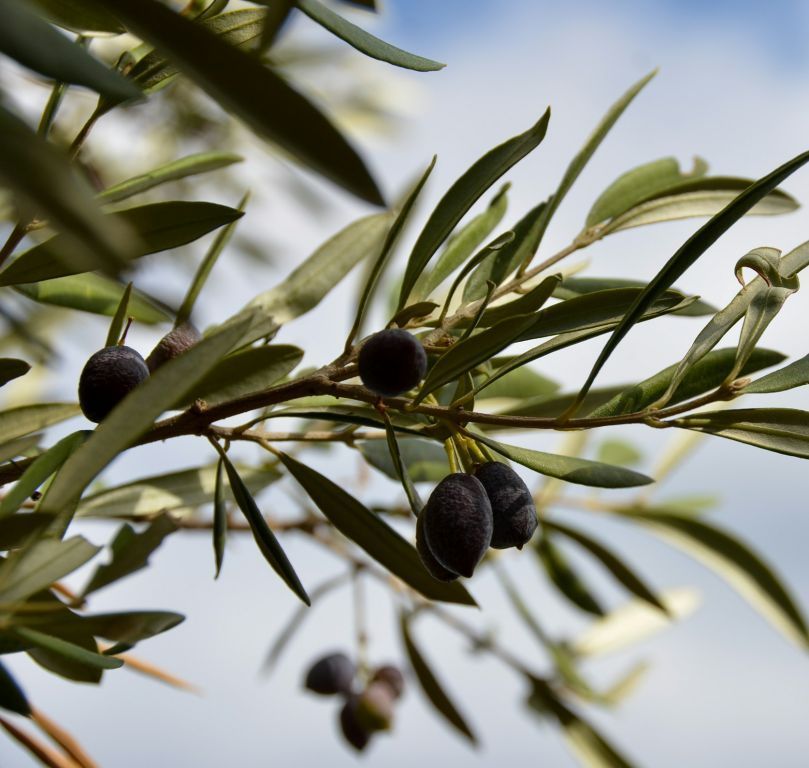
Manzanilla
Manzanilla olives and their oil offer a tangy, slightly bitter taste with aromatic hints of herbs, grass, and fruit. The oil is versatile, perfect for enhancing salads, grilled veggies, pasta, and marinades, dressings, and cooking. Manzanilla olives are grown in regions like Spain, Greece, and Italy, adding Mediterranean flair to dishes worldwide.
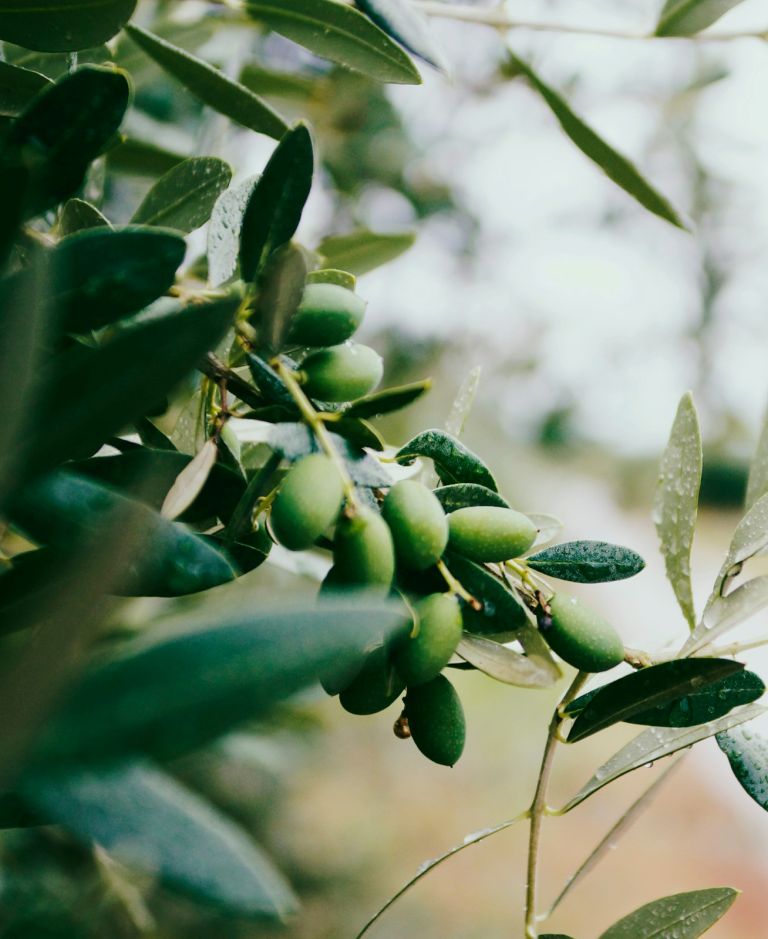
Cobrançosa
The Cobrançosa olive variety, hailing from Portugal, presents a unique aromatic profile deeply rooted in its Mediterranean lineage. Cultivated in regions such as Alentejo and Trás-os-Montes, its olive oil captures a robust fruity essence, accompanied by hints of green grass and artichoke. This harmonious combination is enhanced by a well-balanced bitterness and a peppery finish, resulting in a memorable culinary experience that many seek after.

Madural
The Madural olive variety originates from Portugal, flourishing in regions like Ribatejo and Alentejo. Its olive oil presents a distinctive aromatic profile, boasting a unique fruity essence paired with delicate notes of ripe tomato and almond. The oil's gentle bitterness and subtle peppery finish add to its refined and versatile charm, making Madural a sought-after selection for those with discerning tastes.
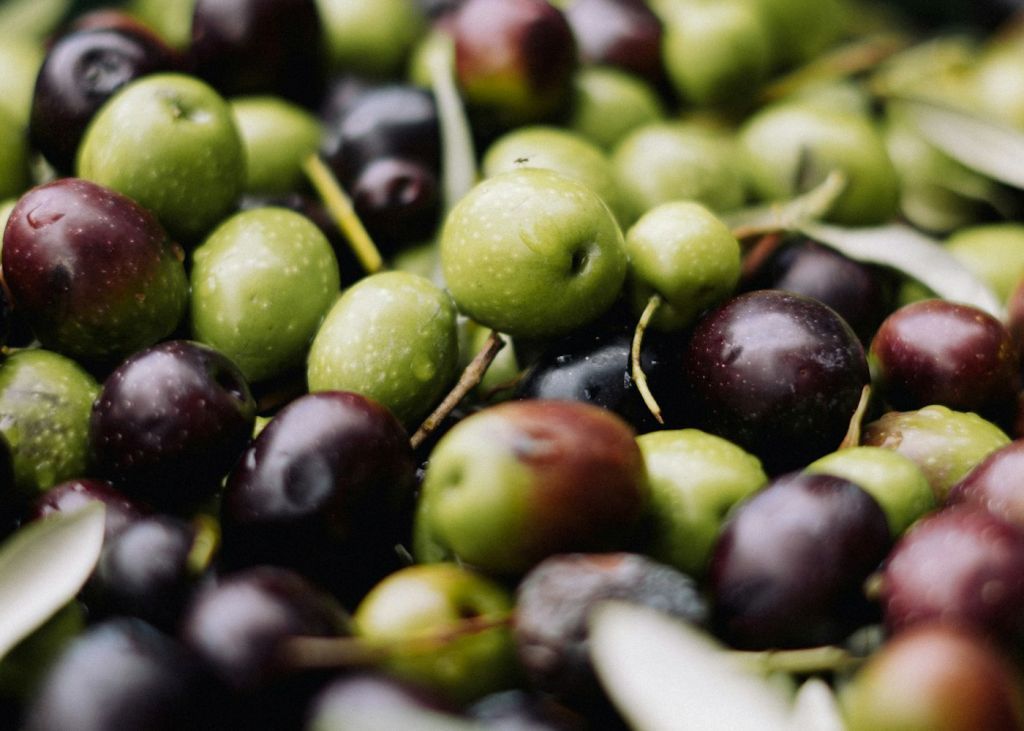
Verdeal
The Verdeal olive variety, originating in Portugal, flourishes in regions like Trás-os-Montes and Alentejo. Its olive oil presents a unique aromatic profile with pronounced green fruitiness, accompanied by notes of green apple and herbs. The oil's balanced bitterness and mild peppery finish make it a versatile and cherished addition to various culinary creations.
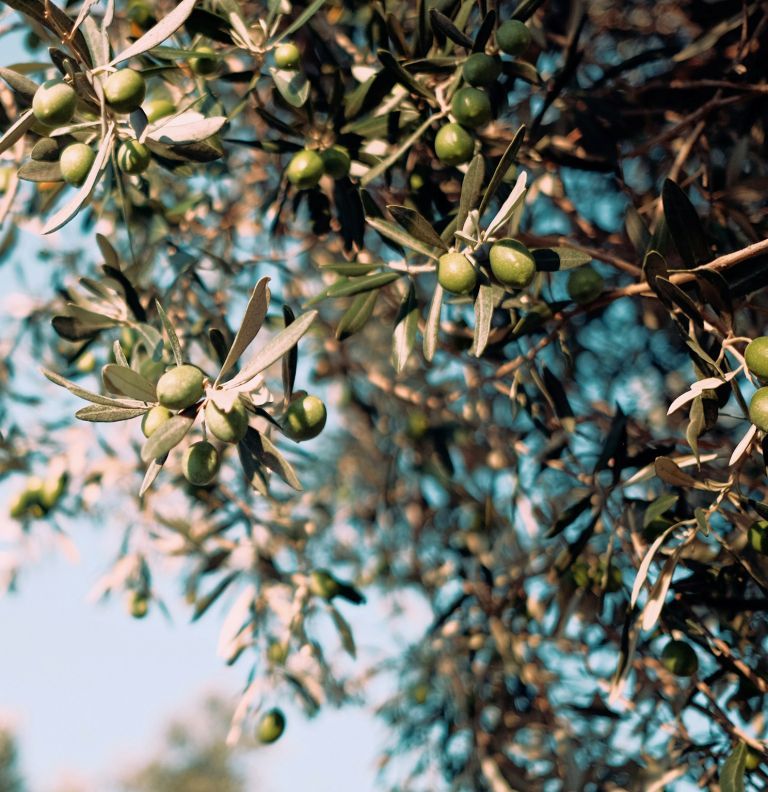
Cordovil
The Cordovil olive variety, originating in Portugal and thriving in regions like Alentejo and Ribatejo, produces olive oil with a distinct aromatic profile. This oil is characterized by pronounced fruitiness with notes of green banana and almond, accompanied by a delicate balance of bitterness and pungency. Cordovil olive oil's multi-layered flavors make it a valuable addition to diverse culinary applications, embodying the richness of Portuguese olive traditions.
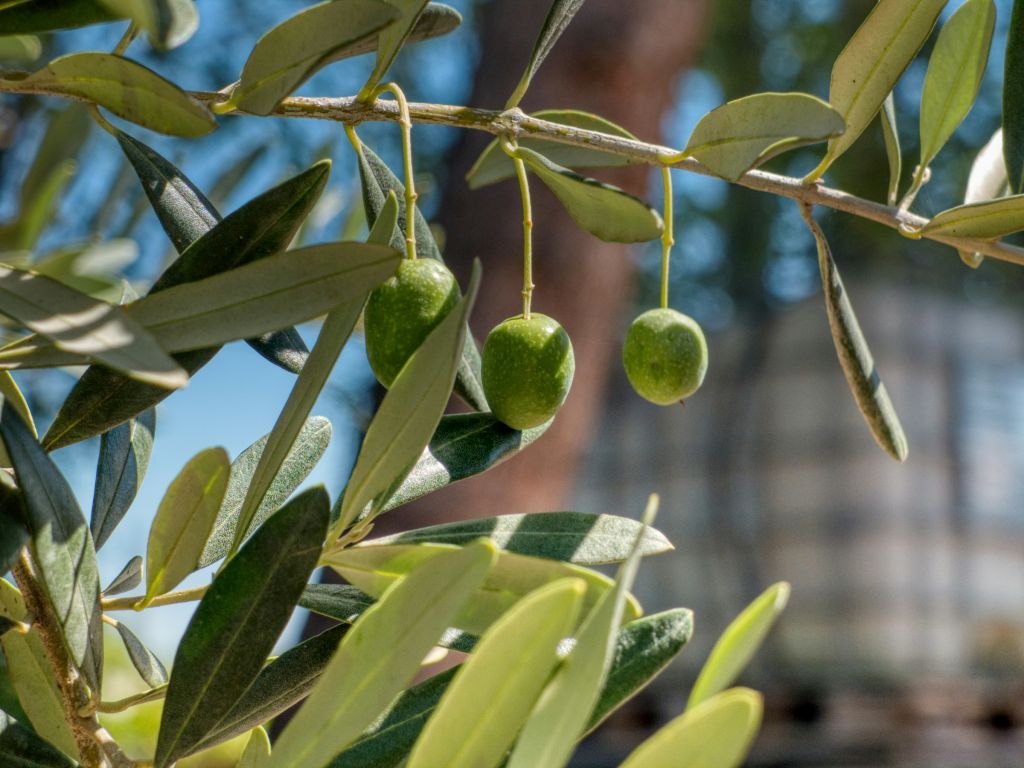
Buga
Buga, an indigenous variety hailing from Slovenian Istria, is known for its moderately sized tree adorned with a lush crown. While the oil content in its fruits is comparatively modest compared to varieties like Leccino and Frantoio, Buga olive oil is celebrated for its nuanced and refined flavor profile. It offers a harmonious blend of spiciness and bitterness that is truly distinctive. Noteworthy is its nutritional richness, boasting an elevated concentration of polyphenols, making Buga olive oil a wise and health-conscious choice.
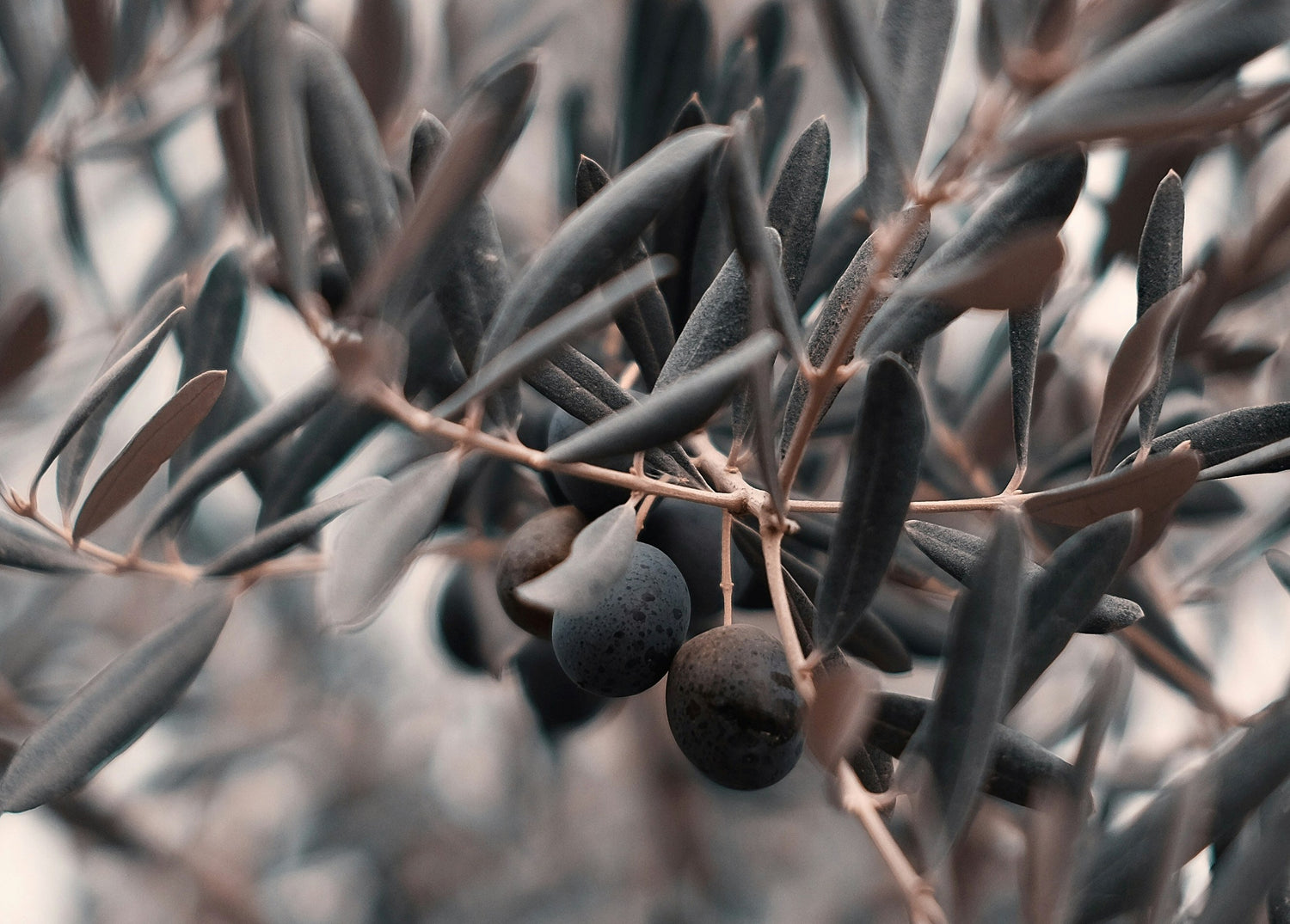
Poumal
Poumal olives, a lesser-known variety from southern France, are primarily used for extra virgin olive oil (EVOO). The oil has a delicate, fruity flavor with mild bitterness and subtle peppery notes. Known for its resilience and adaptability, Poumal olives contribute to smooth, well-balanced oils with good stability.
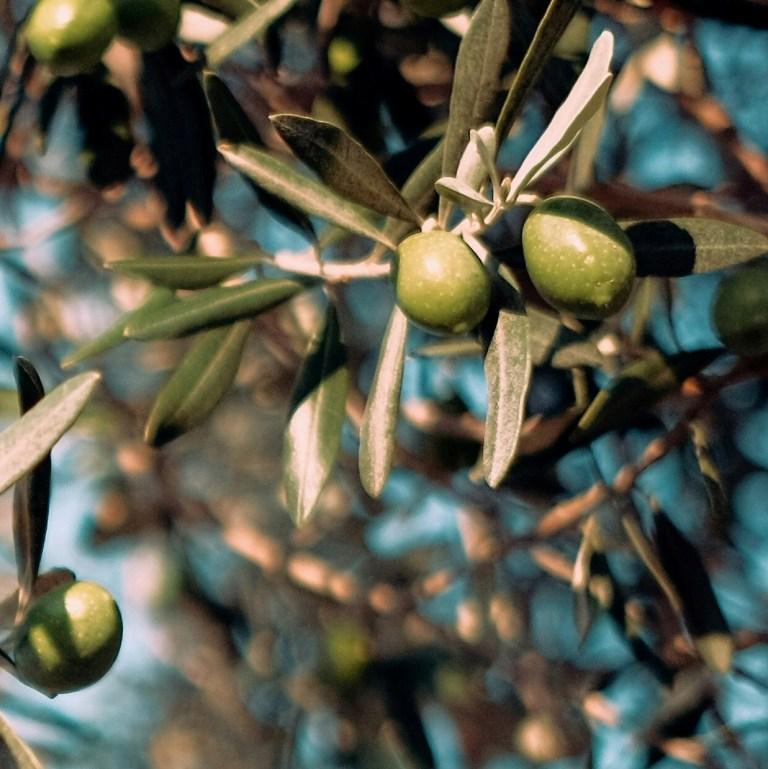
Verdale
Verdale olives, found in France and Australia, are used for both table olives and extra virgin olive oil (EVOO). The oil has a mild, fruity flavor with grassy and nutty notes, a slight bitterness, and a peppery finish. Verdale olives are valued for their hardiness and adaptability, making them a reliable choice for cultivation in various climates.
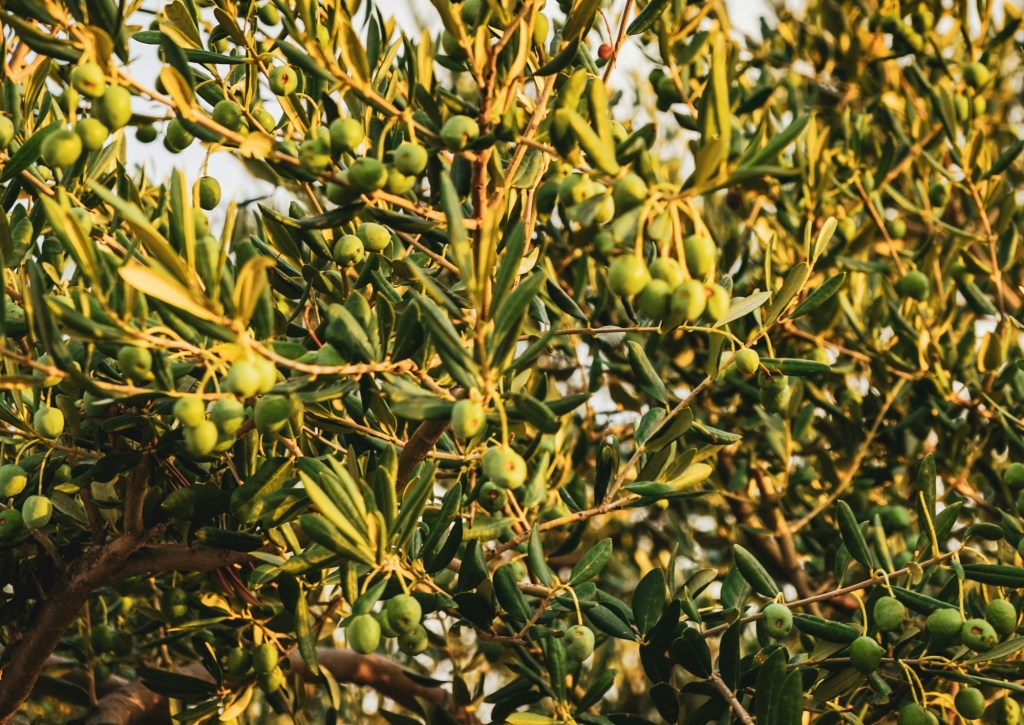
Oliviere
Oliviere olives, native to southern France, are primarily used for extra virgin olive oil (EVOO). The oil is mild and fruity, with grassy and nutty notes, low bitterness, and a smooth finish. Known for its high resistance to drought and disease, Oliviere is a hardy variety, producing oil with good stability and a delicate flavor, ideal for light dishes.
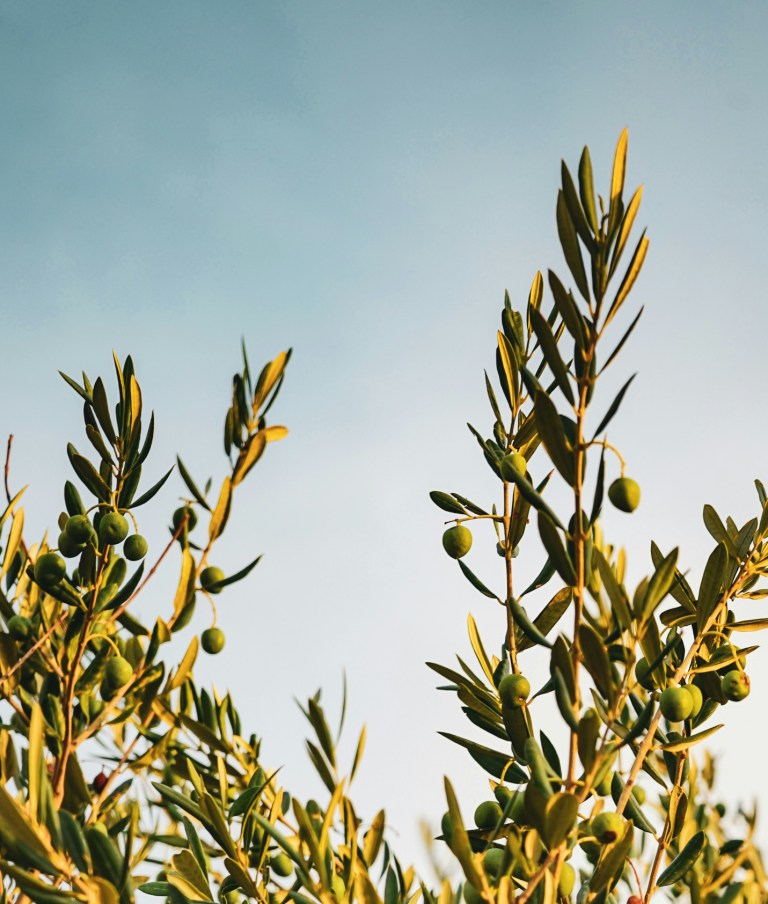
Picholine
Picholine olives, from France, are used for both table olives and EVOO. Their oil has a fresh, fruity taste with herbaceous notes, mild bitterness, and a peppery finish. Rich in polyphenols, Picholine EVOO is antioxidant-rich and long-lasting, while the olives are enjoyed as firm, tangy appetizers.
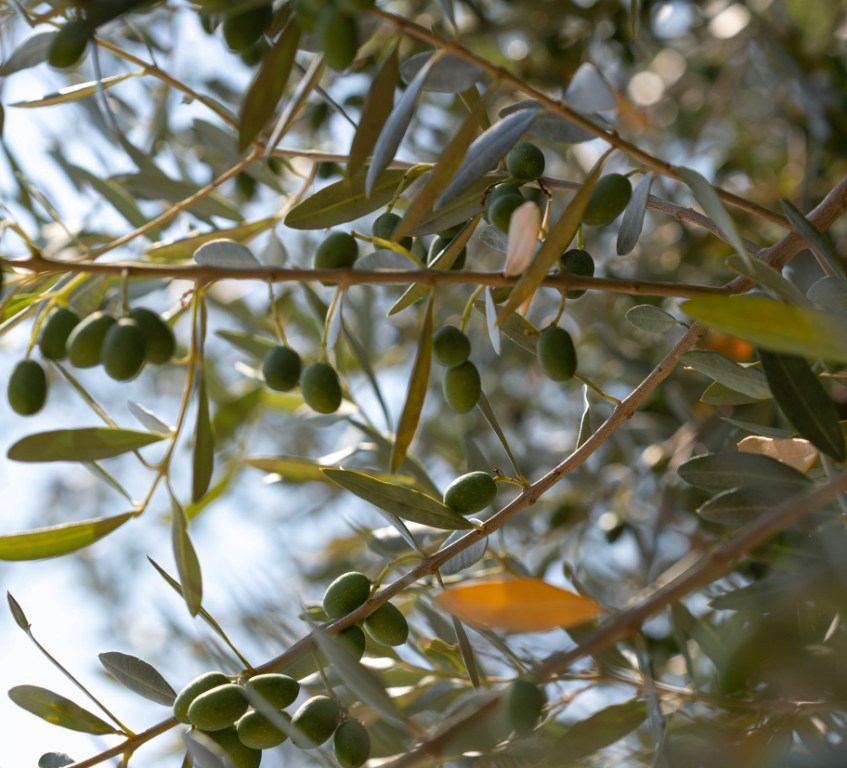
Arbosana
Arbosana olives, originally from Catalonia, Spain, produce high-quality extra virgin olive oil (EVOO) with a complex, well-balanced flavor. The oil is fruity and mildly bitter, featuring notes of almond, green tomato, and nuts, with a distinct peppery finish. Arbosana EVOO has a high polyphenol content, making it rich in antioxidants and giving it good stability and a long shelf life. It is especially popular in super high-density olive farming due to its high yield and adaptability.
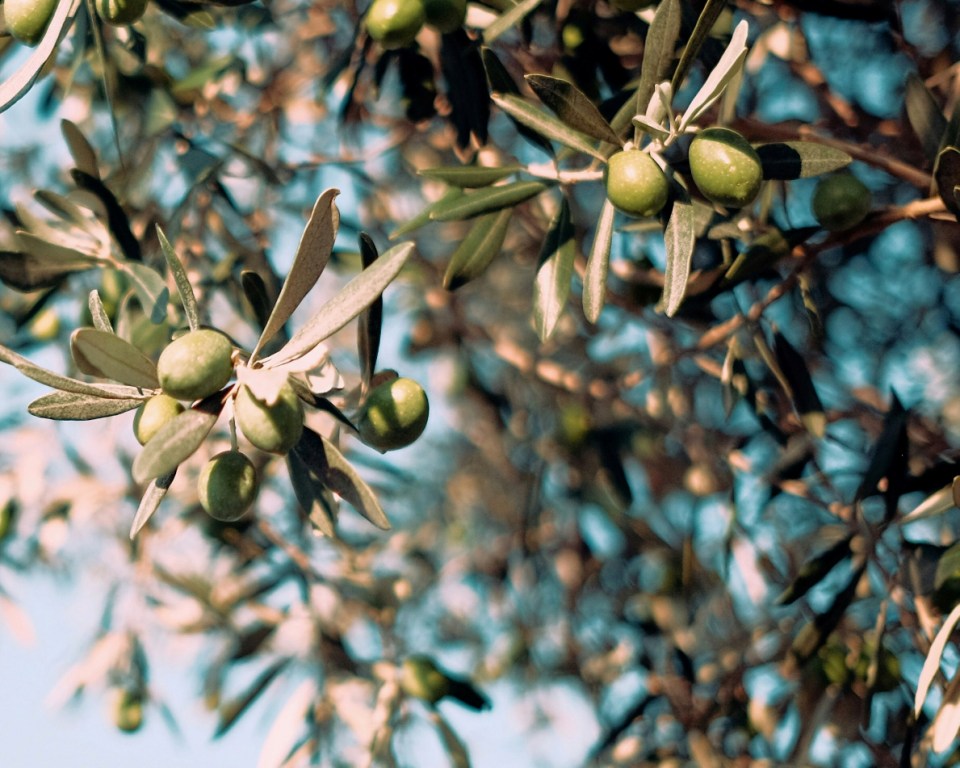
Belica
Belica olives, native to Slovenia and the Istrian region, produce one of the most robust and high-polyphenol extra virgin olive oils (EVOO). The oil is known for its intense bitterness, strong peppery finish, and deep green color, with flavor notes of artichoke, green almond, and aromatic herbs. Due to its high antioxidant content, Belica EVOO is highly valued for its health benefits and long shelf life.
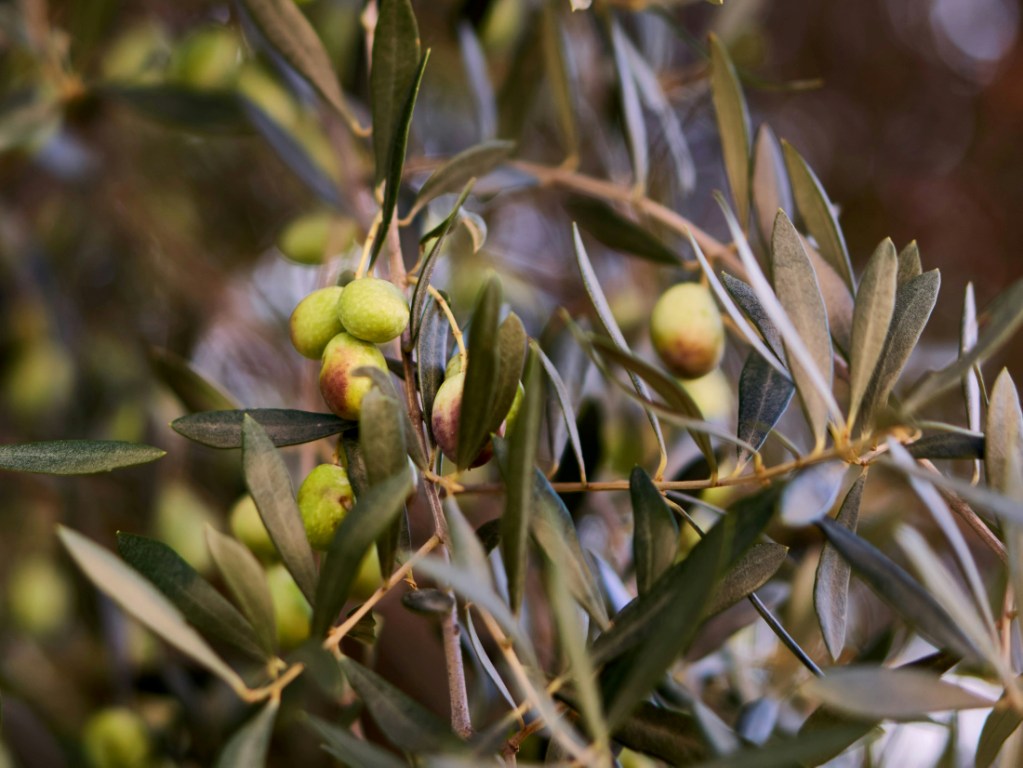
Pendolino
Pendolino olives, originating from Tuscany, Italy, are primarily used as a pollinator variety in olive orchards but also produce high-quality extra virgin olive oil (EVOO). The oil has a delicate, fruity flavor with hints of almond, fresh grass, and mild spice. While not as intense as other Italian varieties, Pendolino EVOO is valued for its smooth texture, balanced taste, and high oxidative stability, making it a great choice for blends and mild-flavored dishes.
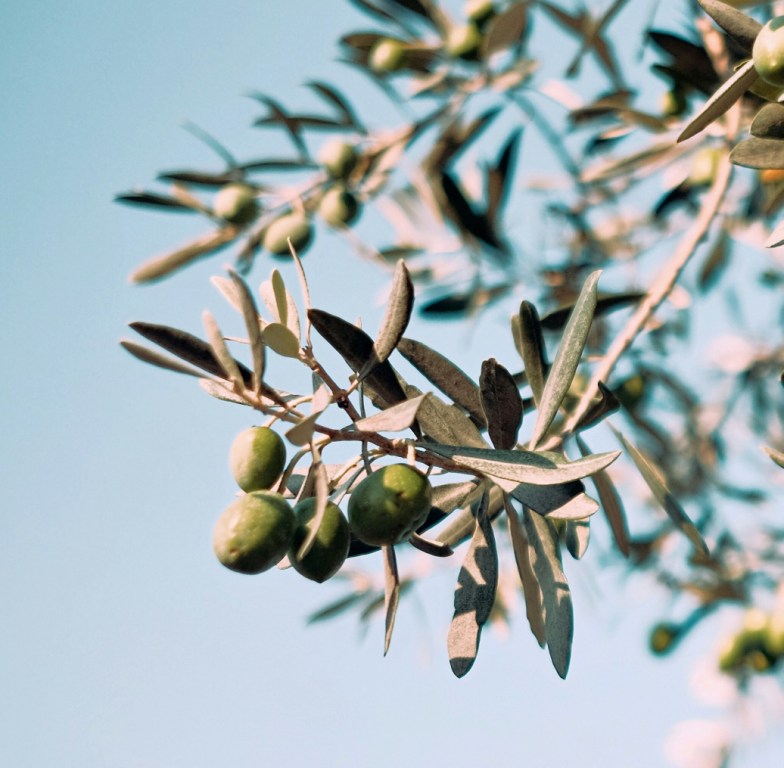
Busa
Busa olives, also known as Buža, are a traditional variety from Istria, Croatia. They produce high-quality extra virgin olive oil (EVOO) with a fruity, mild, and well-balanced flavor, featuring notes of green apple, almond, and fresh herbs. Buza EVOO is prized for its medium bitterness and spiciness, as well as its rich aroma and smooth texture, making it a staple in Istrian olive oil production.
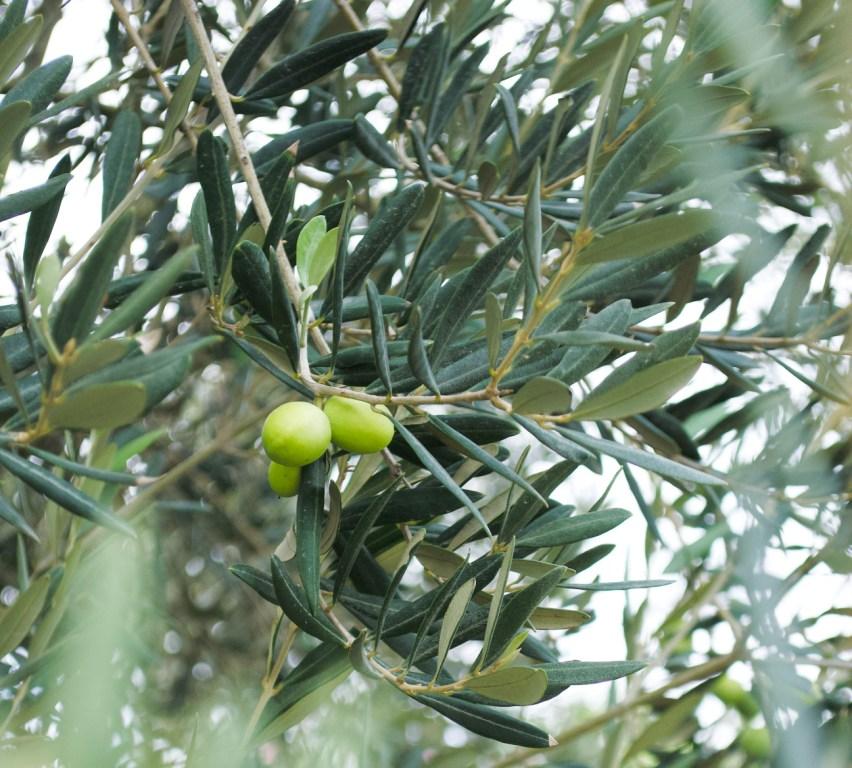
Bianchera
Bianchera olives, native to northeastern Italy (mainly Friuli Venezia Giulia and parts of Slovenia), produce a high-quality, intensely flavored extra virgin olive oil (EVOO). Known for its very high polyphenol content, Bianchera EVOO has a robust, bitter, and peppery taste, with notes of green almond, artichoke, and aromatic herbs. Its strong antioxidant properties make it one of the healthiest and most durable olive oils.

Coratina
Coratina olives, originally from Puglia, Italy, are known for producing one of the richest and most robust extra virgin olive oils (EVOO). Coratina EVOO has a high polyphenol content, giving it a bold, peppery, and slightly bitter taste with hints of green almond and artichoke. Its strong antioxidant properties make it highly valued for both health benefits and long shelf life.
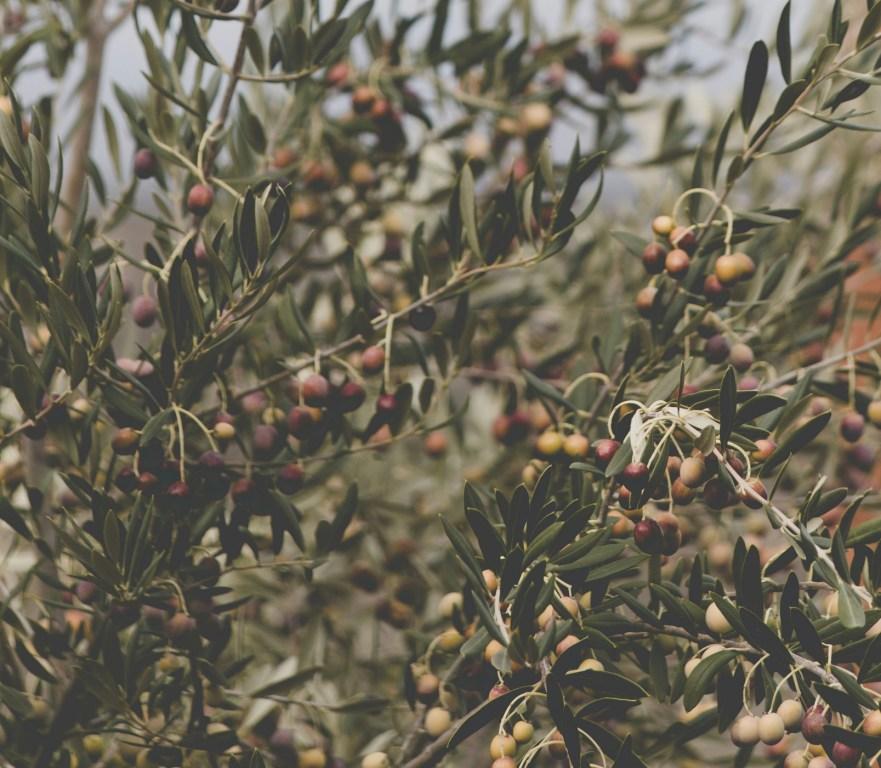
Megaron
Megaron olives, grown in Northern Greece, are known for their high-quality extra virgin olive oil (EVOO). This variety produces rich, aromatic oil with a balanced taste, combining fruity, slightly bitter, and peppery notes. Megaron EVOO is prized for its high polyphenol content, making it both flavorful and nutritious.
(All pictures shown are for illustration purpose only.)
